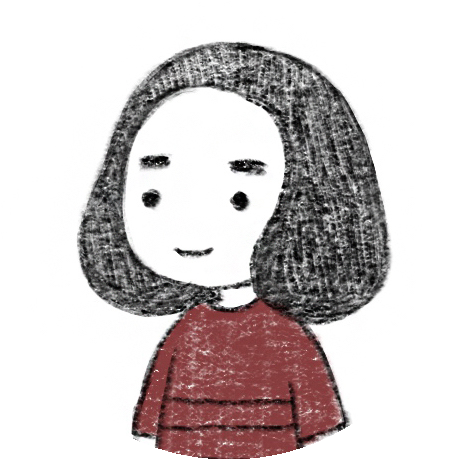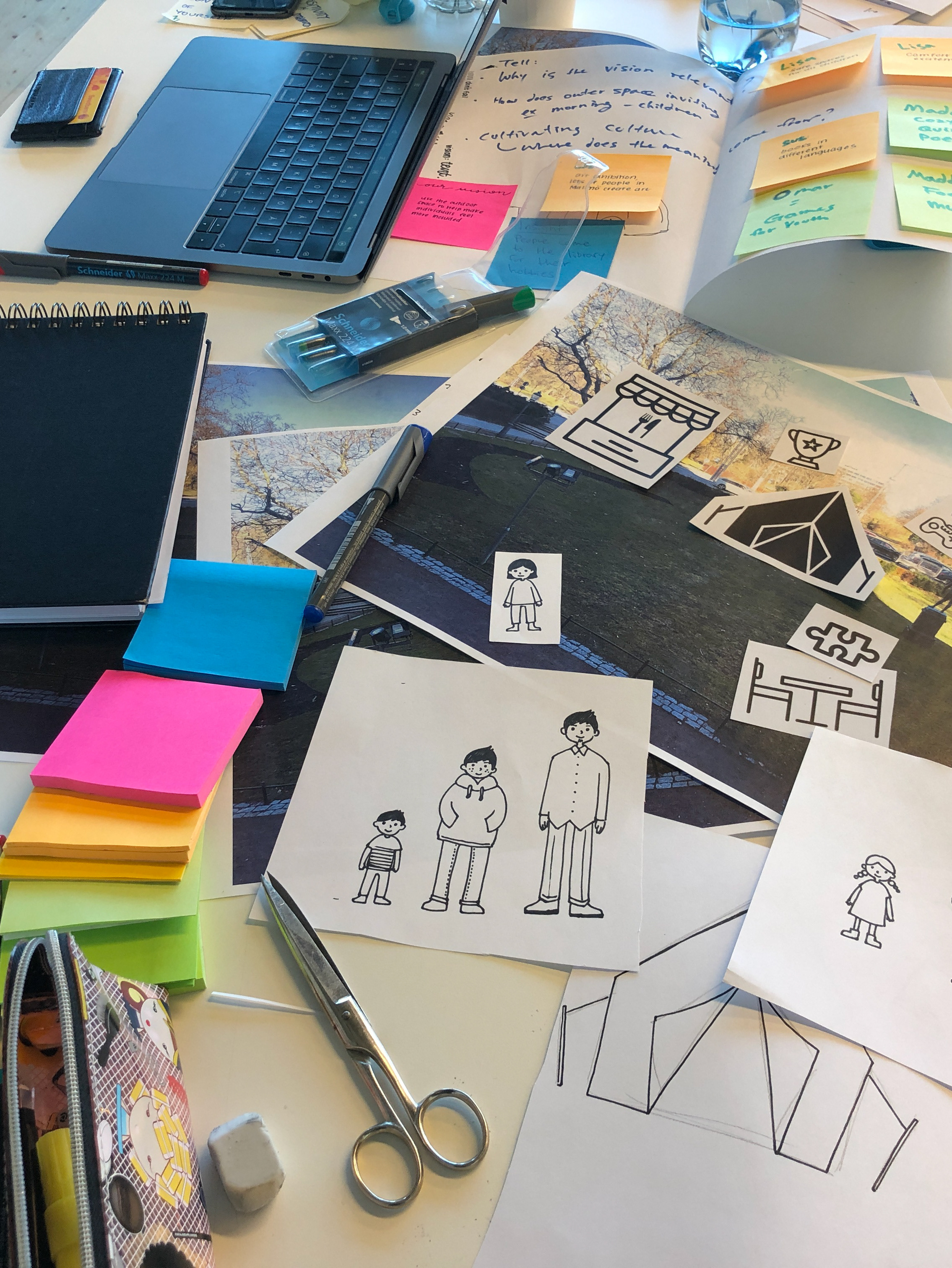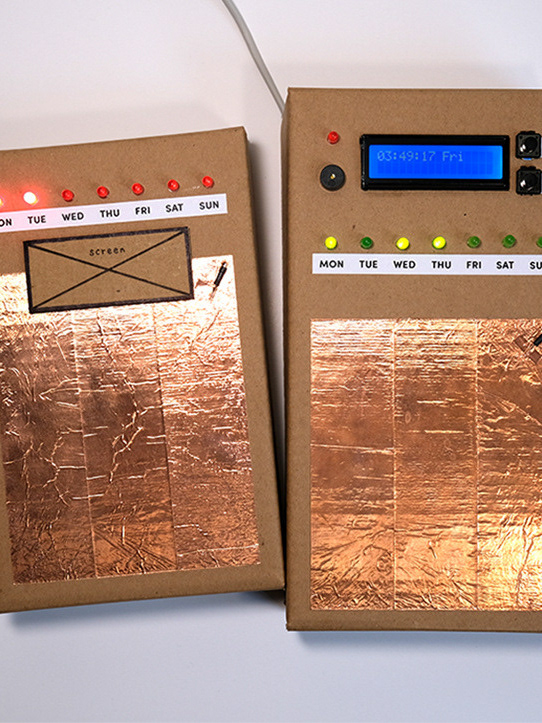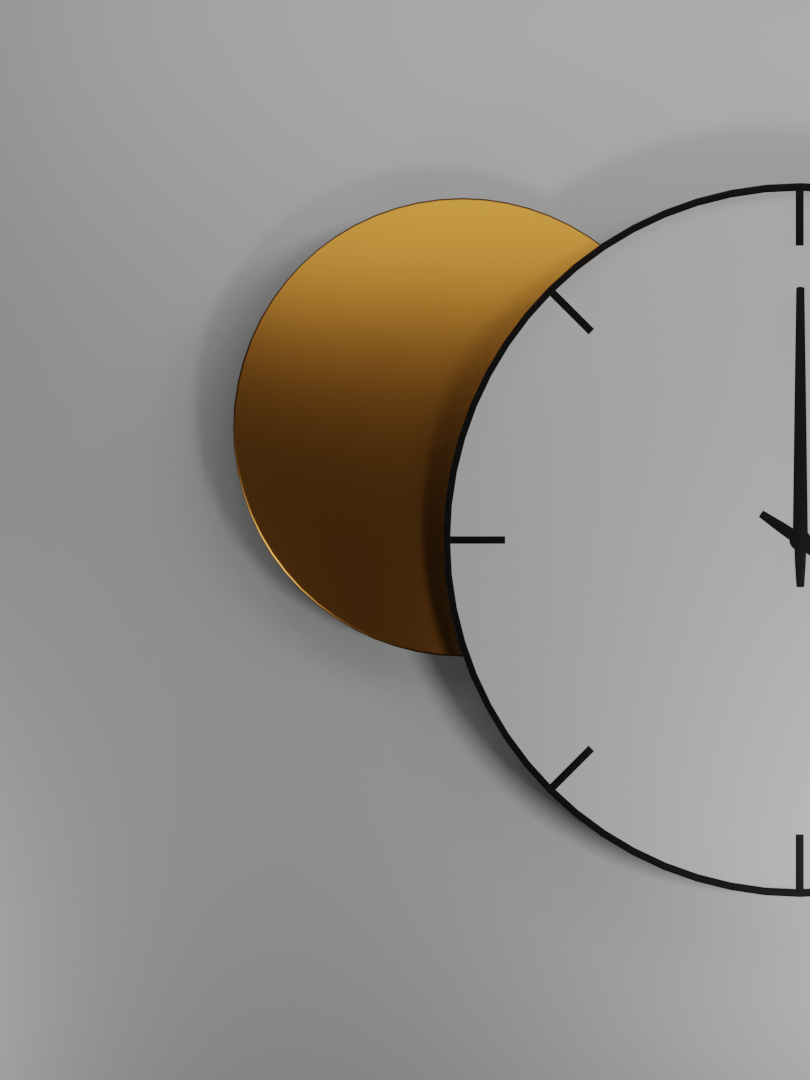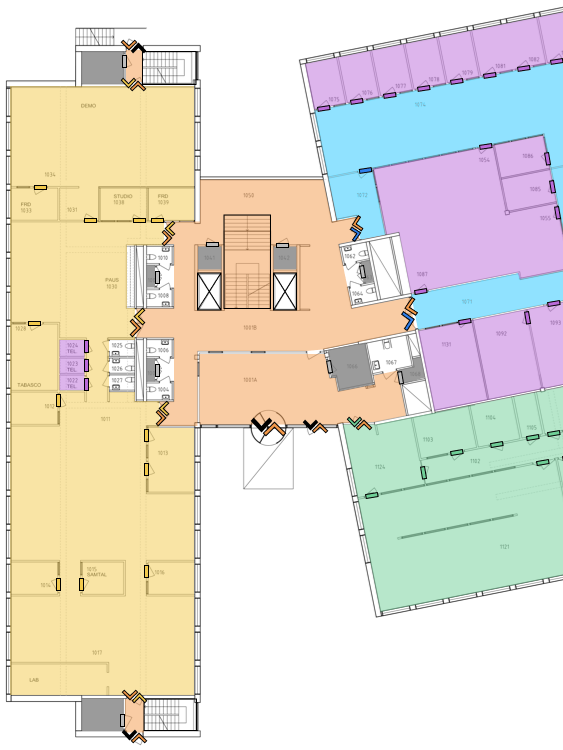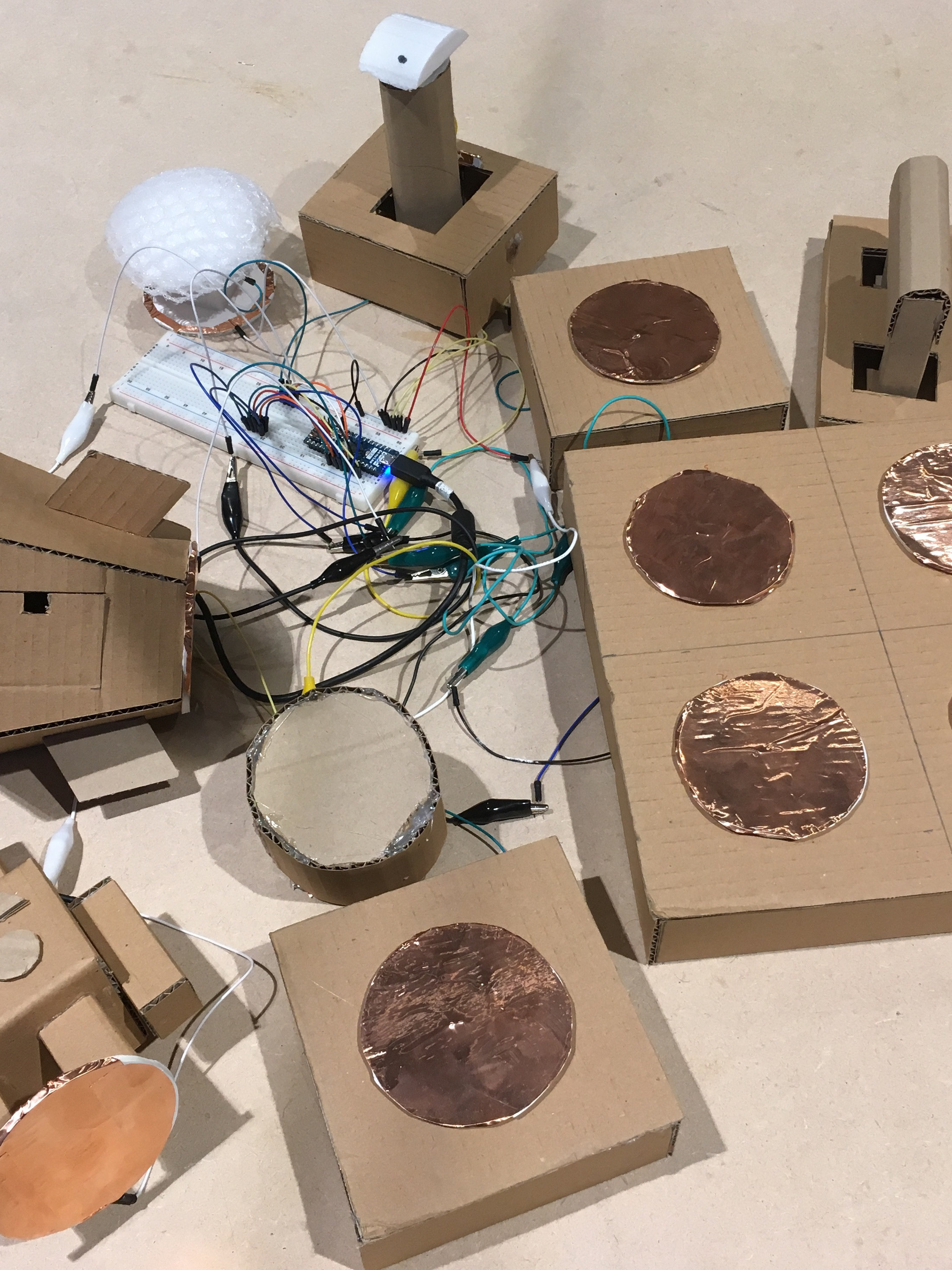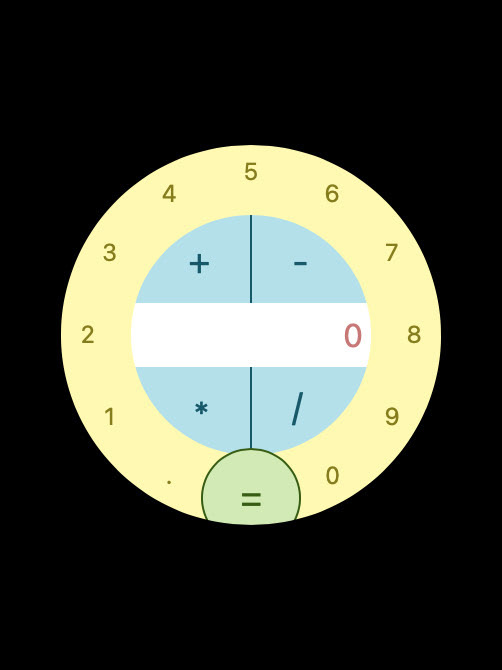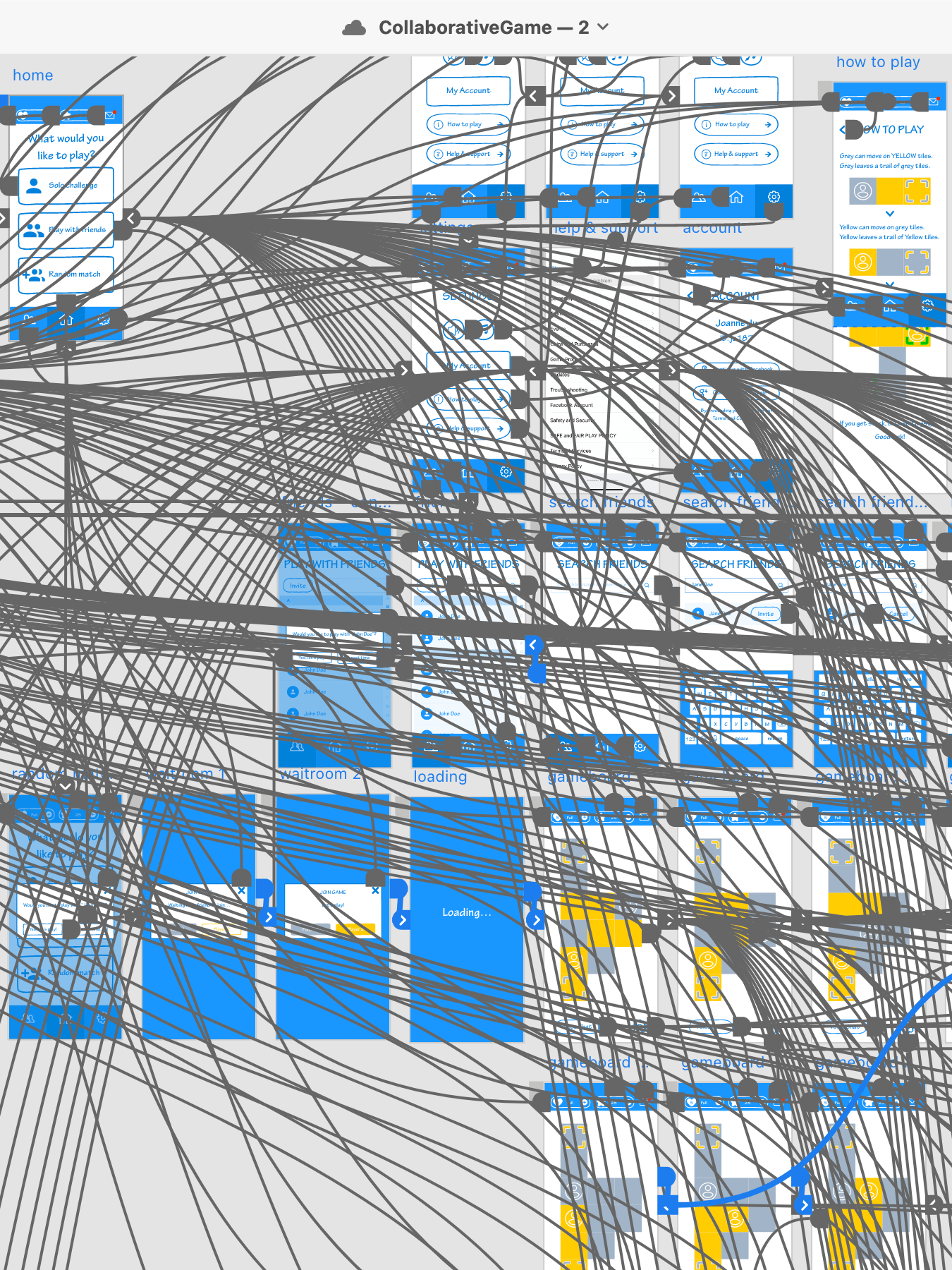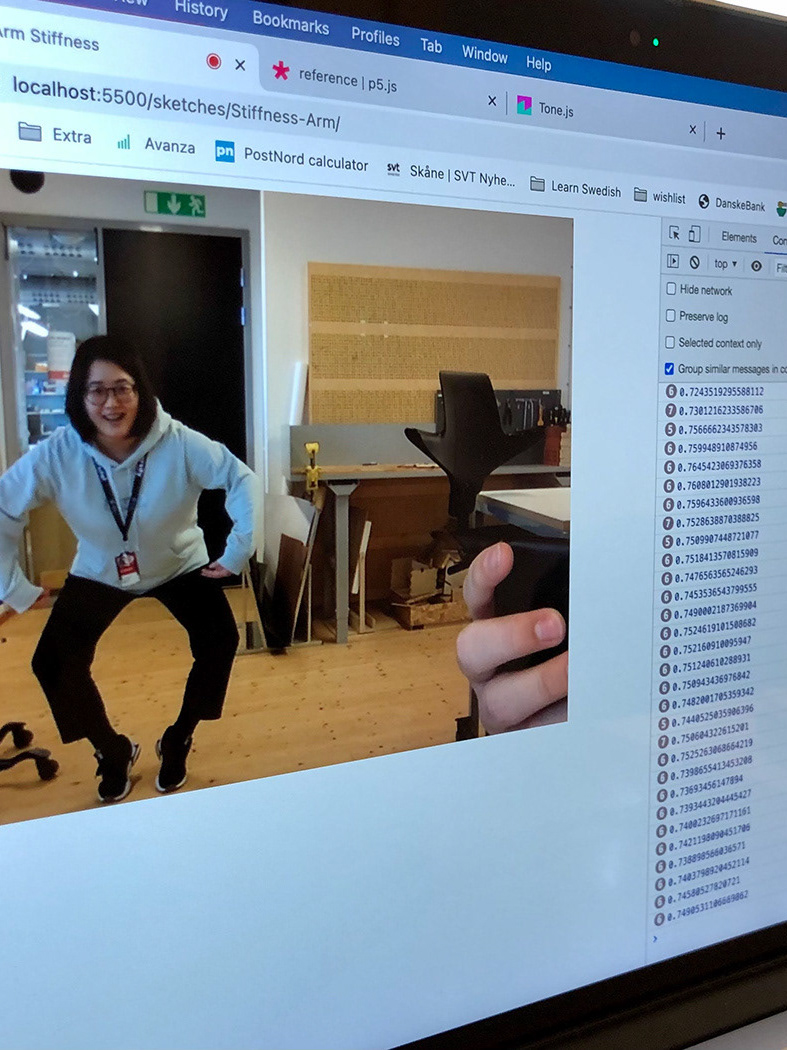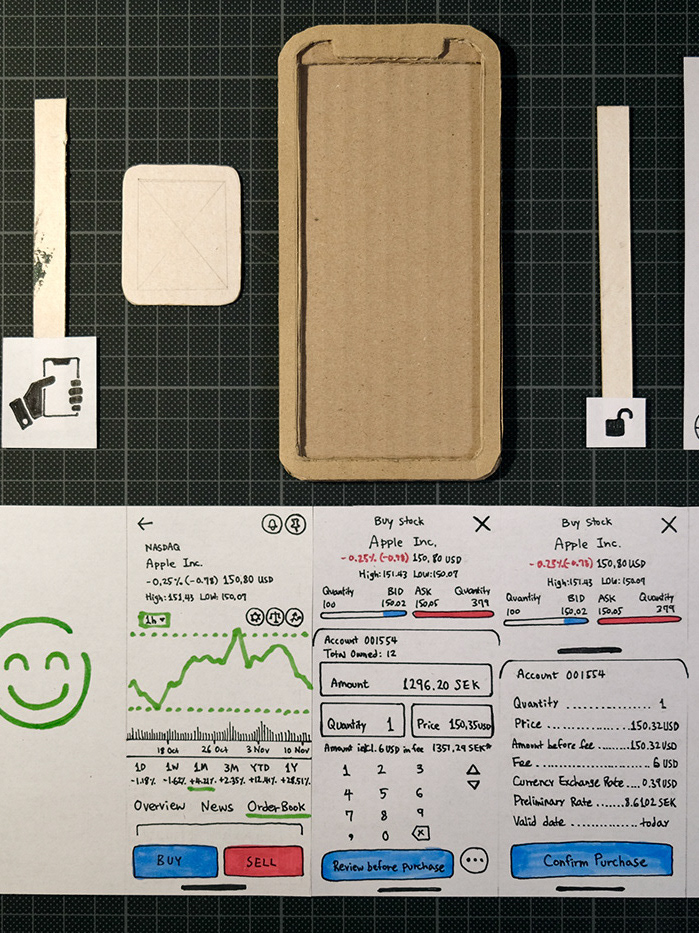UX/UI Design Internship at Sharkmob
Reflection Portfolio: Sharing Work Process and Learnings Through Practice.
About This Project
Employer: Sharkmob
Position: UX/UI Designer
Duration: 4 months
Tools
Design: Figma, Adobe, Unreal Engine
Documentation: Confluence
Task management: Jira
Communications: Zoom, Slack, traditional whiteboard.
This is a reflective portfolio where I share my internship experience as UX/UI designer. Sharkmob is AAA game development company with studio located in Malmö, Sweden and London, UK.
I cannot share the details because the product has not been published yet. Instead, I will be sharing what I have learned through my methods and work processes. My task involved owning a large part of keybinding and matchmaking design.
I was able to put following methods and skills to practice: user-centered design, research, observation, brainstorming, user flow, wireframing, sketching, prototyping, VFX, critical & analytical thinking, communication, and facilitating discussions between interdisciplinary teams.
Task 1: Keybinding
My first task involved keybinding (Figure 1). Keybindings let players use the keyboard and mouse to control interactions in the game. This gets much more limiting with console controllers but I have only worked with PC during my time at Sharkmob. This has been a perfect first task to be introduced to the product in development, learn about the industry and the company’s working process.
Solved Issues
- organize inconsistent, overlapping, and missing keys
- update keys throughout the development
- create a shared document (improve communication)
Considerations
- usability
- industry norms
- physical keyboard
- interface on screen
Challenges
- understanding such a huge project
- underdeveloped features
- keeping up with constant changes
- clashing keys
- lack of physical keys
- managing disagreement
- learning how to move the project forward (workflow)
Figure 1. Example of Keybinding Visualization
Keybinding Work Process
The design process has not been linear, but it can be simplified it into a figure 8 pattern (Figure 2).
Step 1. Understand
Start by researching and understanding the game first.
Then organize the key bindings that we have so far.
Step 2. Explore
Visualize information to communicate changes.
Step 3. Communicate
Discuss with UI/UX team and game designers responsible for certain features of the games.
Step 4. Deliver
Write a shared document that everyone in company can access.
Share changes with the team.
Hand-off to UI tech artists to implement the changes.
Step 5. Iterate
Continue to edit and communicate. Many features are still under development hence changing at a fast pace.
Figure 2. Keybinding Design Process
Task 2: Matchmaking
On top of keybinding task running in the background, I have been in charge of social features too. The main task is the matchmaking user flows and interfaces, plus several subtasks. In multiplayer video games, matchmaking is the process of connecting players together for online play sessions (Figure 3). The subtasks include designing countdown screen (VFX), social menu UI, invite notifications, promotion notification, error scenarios, etc. I have worked closely with online engineers, game designers, UI tech artists, and a producers, while continuously getting feedback from the UI/UX team.
Solved Issues
- unclear user flows
- cluttered interfaces
- missing notifications
- false expectations
Considerations
- What is happening in the background (backend)?
- Which information should users know? Why?
- Does it have a clear visual hierarchy?
- Is it consistent with the current style guide?
- How to be informative yet exciting at the same time?
Challenges
- complex subject
- tight deadlines
- manage user expectations
- lack of knowledge in industry norms
- lack of experience to divide a big task into small sizes
Figure 3. Matchmaking User Flow
Matchmaking Design Process
The design process for this task has also jumped back and forth, but it roughly followed double diamonds model (Figure 3). While going through diverging and conversing design process, it can also be divided into 5 steps: understand, explore, prototype, iterate, and deliver.
Step 1. Understand
Start by researching existing games for references. This is because designers rarely create something completely new from scratch, and it is encouraged to take inspirations from existing games.
Talk to game designers for run-throughs and align goals, and involve producers to manage schedules.
Step 2. Explore
Talk to online engineers to understand how the backend server works.
Identify pain points through play-testing.
Step 3. Prototype
Sketch and prototype user flows, wireframes, and visual mockups.
Get feedback from UI/UX team throughout this phase.
Step 4. Iterate
When the mockups are ready, share with the entire team.
Have discussions, make revisions, and repeat that few times.
Step 5. Deliver
Hand-off to engineers and UI tech artists for implementations.
Continue to hold communications.
Figure 4. Matchmaking Design Process
Post-mortem Meetings
At the end of the major deadline, our team have held series of retrospective meetings to reflect as a team and discussed what has gone well and what can be improved. This reflective process allows people to address problems early and increase motivation to perform better next time.
Learnings
- Be able to produce quick iterations and suggest simple solutions.
- Over-elaborated design can become too big and complex to tackle. It is difficult to communicate across the team.
- UX design outside of games focus on usability only. However, UX designers in games need to think beyond that to make the games "fun".
- The difficulty in gameplay is different from usability and accessibility. The game can be difficult to play, but it should still be easy to access.
- Exchanging constructive and objective feedback.
- Practice how to work as a team and communicate across varying disciplines, which is just as important as hard skills. For example, I have learned how to find the right people, ask the right questions, how to schedule and prepare for meetings, identify issues, suggest changes, manage disagreements, come to an agreement and how to work under limitations.
